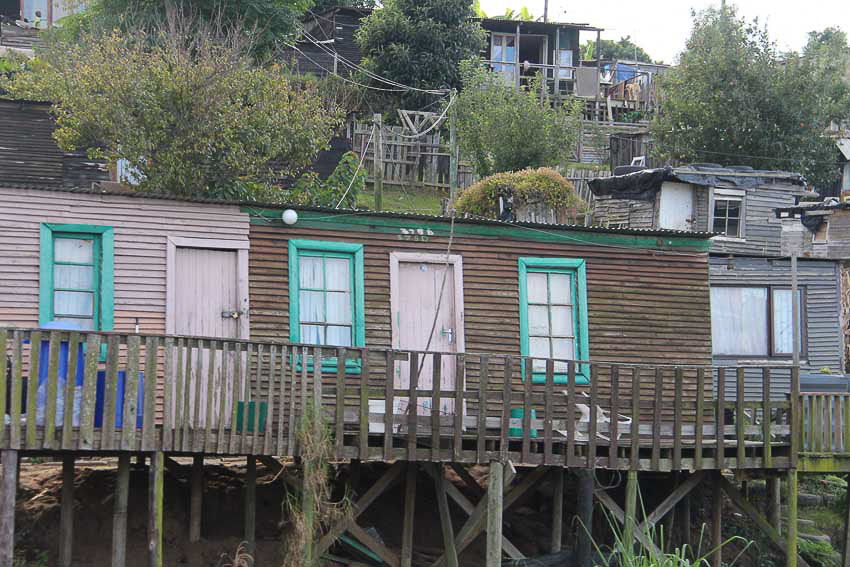At the southern tip of the African continent where the two oceans meet, lies a city leaning against the barren sandstone of the iconic Table Mountain - Cape Town, our gate to Africa.
There is an abundance of things to do in this city. Walking down Long street (the name is well deserved) you will see colourful colonial buildings complemented with inviting cafes and restaurants. Almost anywhere you go you will be greeted with a welcoming smile, which reflects the generally friendly and laid back atmosphere.
The food here is amazing. If you're up for a more interesting culinary experience, most restaurants will serve all kinds of game meat - so far we had warthog and ostrich on our menu.
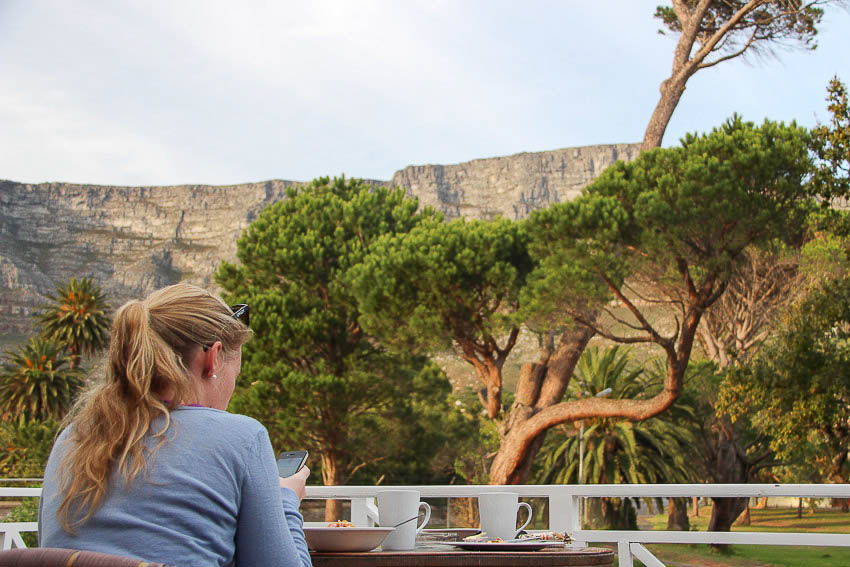
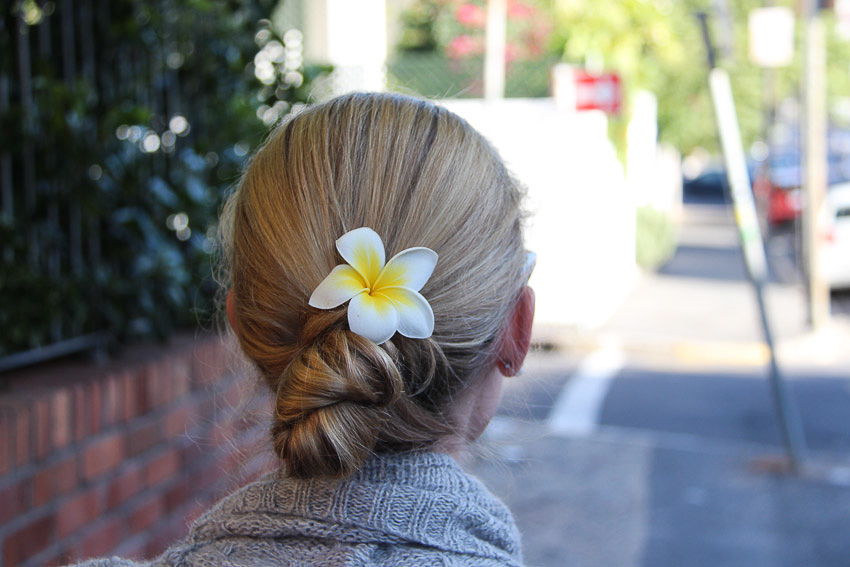
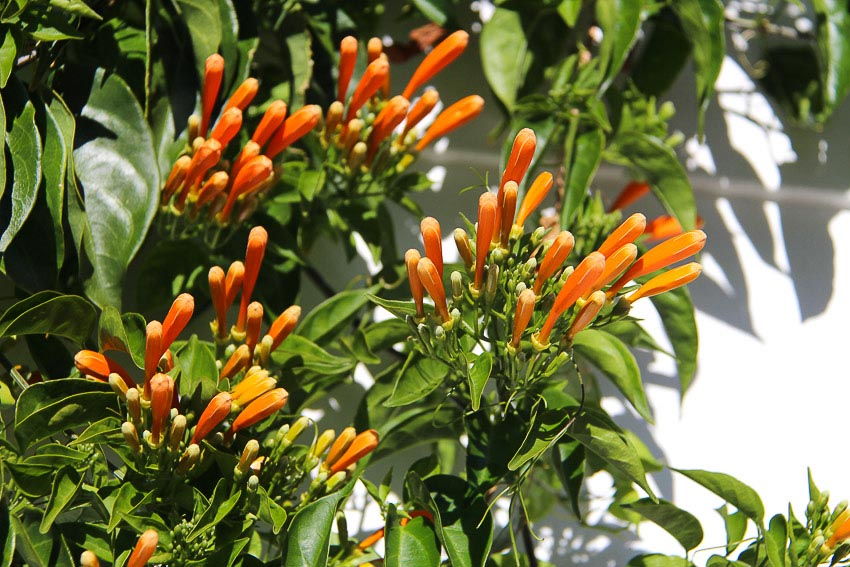
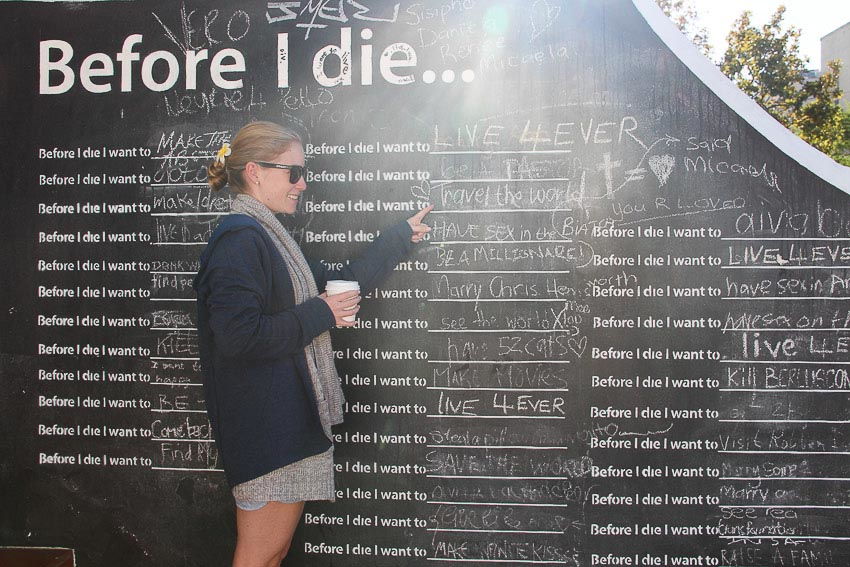


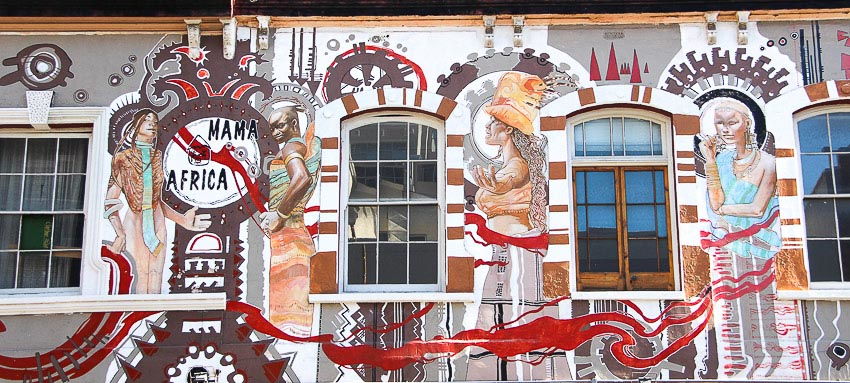
From the mountain to the sea
If you walk long enough you will eventually reach the vibrant waterfront - old ships, restaurants, a Ferris wheel and the outlook over the harbour - the ideal place to spend a sunny day. Here you can book your tickets to Robben Island, the famous prison where Nelson Mandela spent 18 years of his life.
Unfortunately our own crossing wasn't the best, a thick fog and uneasy waters made the one hour journey quite hard to stomach. Nikki's face was quite green by the time we reached the island.
Then there is of course Table Mountain. No matter where you look, Cape Town's most prominent feature will always be somewhere in your view. There is a gondola going to the top, but we decided to hike up, which is an easy going 1 to 2 hours climb. The view is spectacular - an almost 360° panorama over the whole city.
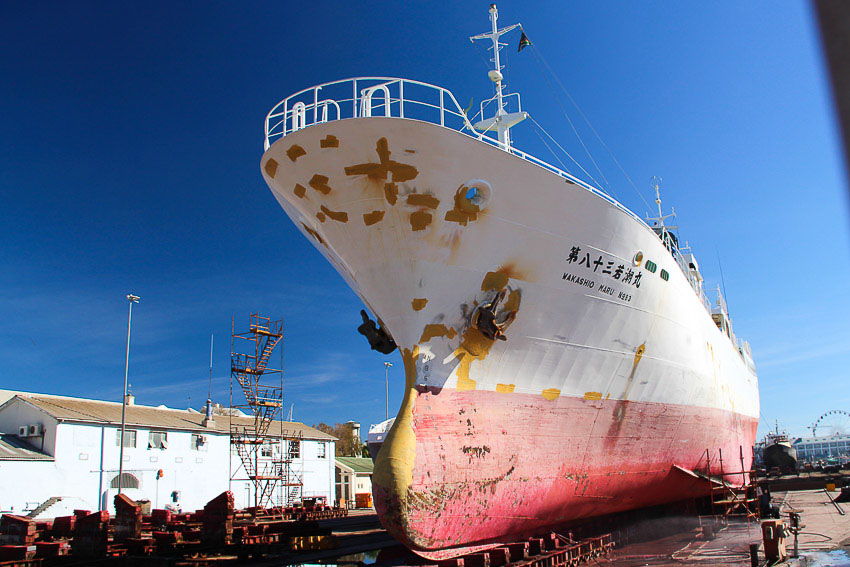

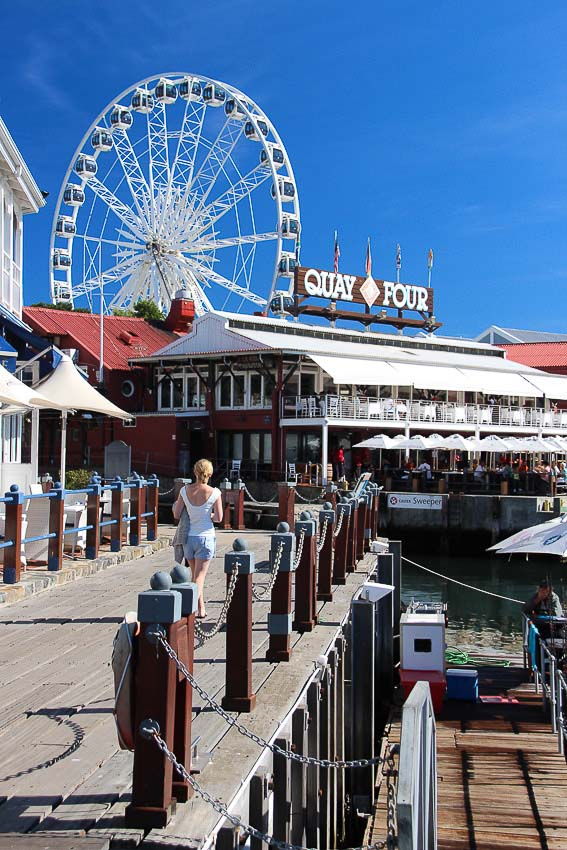

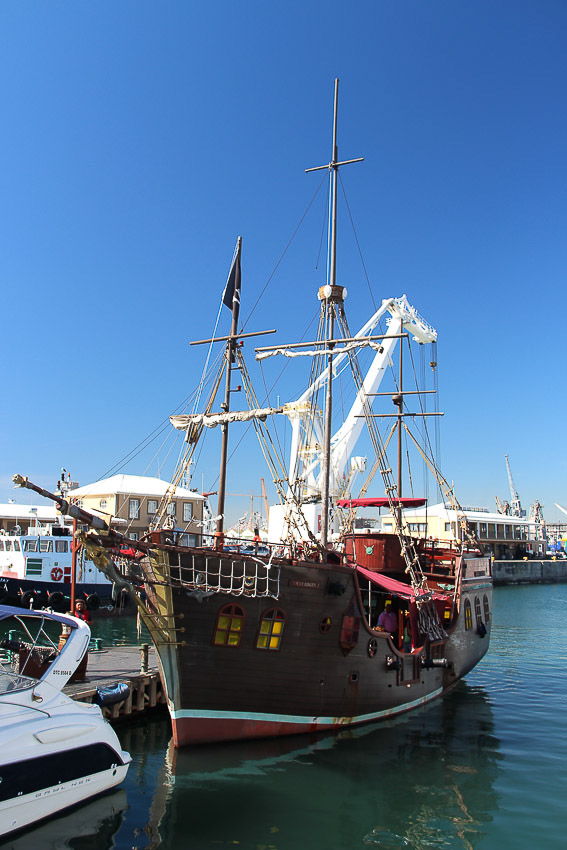
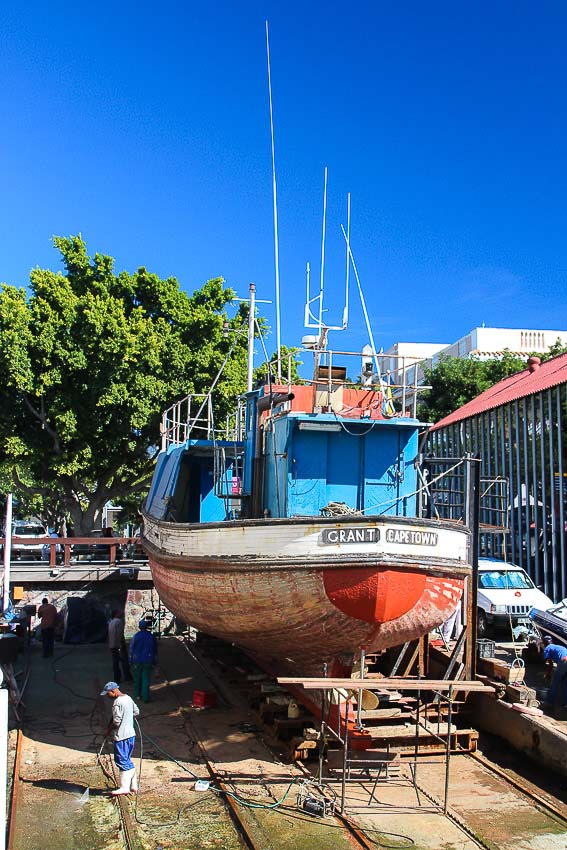
Cape Town for the locals
There is a whole different side to this city and it doesn't take a very attentive observer to see it. Driving in you will pass a seemingly endless sea of old galvanized iron roofs, the corrugated surface of Cape Town's huge slum settlements. Washing lines, flimsy shacks, overcrowded space - welcome to Cape Flats. The unemployment rate here can be over 60%, the housing situation is of catastrophic proportions.
In 1994 Nelson Mandela initiated a housing program that is still in effect to this day, aiming to provide "a house and a TV for every South African citizen". Although well intended, this initiative only ended up replacing the some of the old shanty towns with a bit more substantial ones. The more things change the more they stay the same.
It is easy to overlook some of those things when visiting Cape Town. We went to the national museum and stopped at the park in front of it. It was full of friendly squirrels and Nikki loves the little critters. So we took a muffin that we bought earlier and Nikki started hand feeding them. 10 min later a man came by, asking very politely if he could have the rest of the muffin - he was obviously quite hungry. That helped put things into perspective.

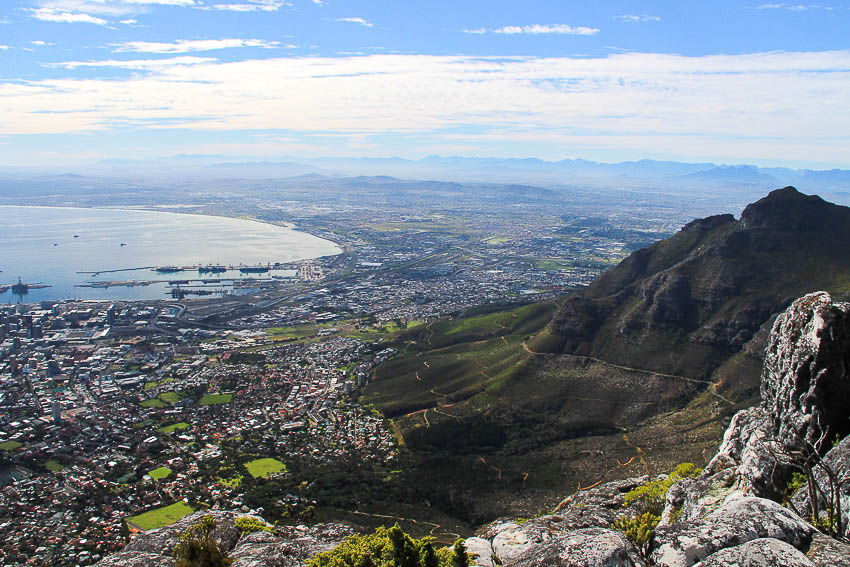
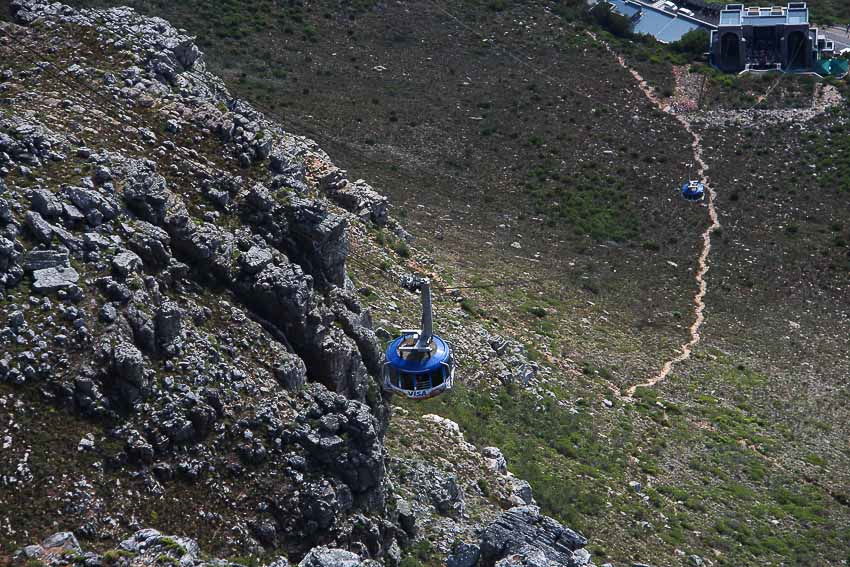
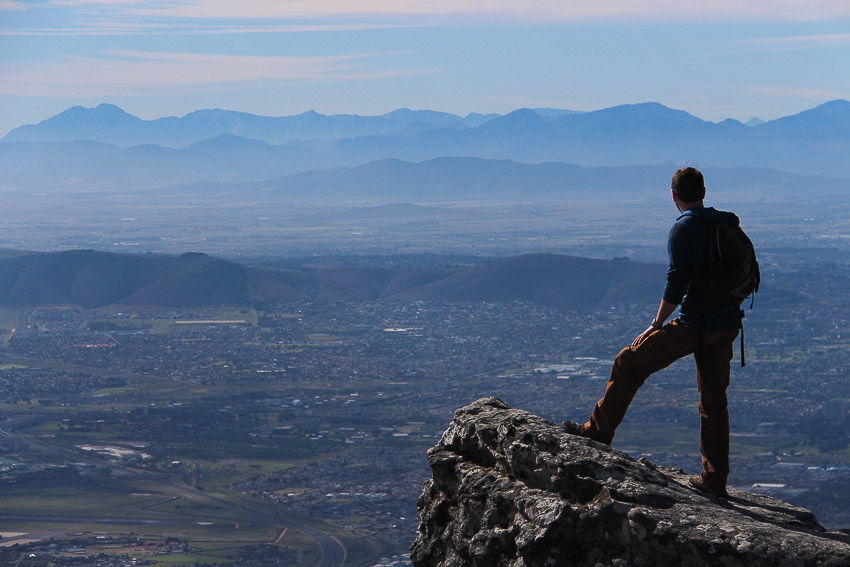
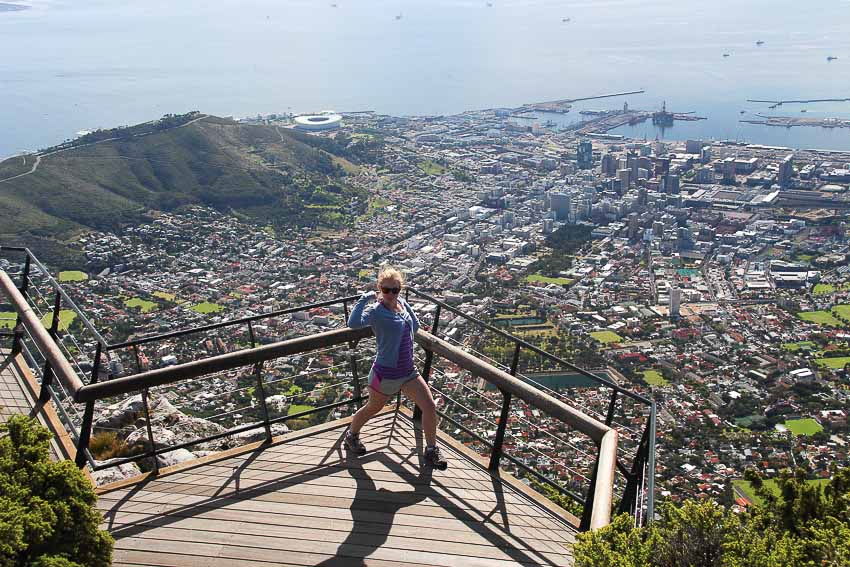
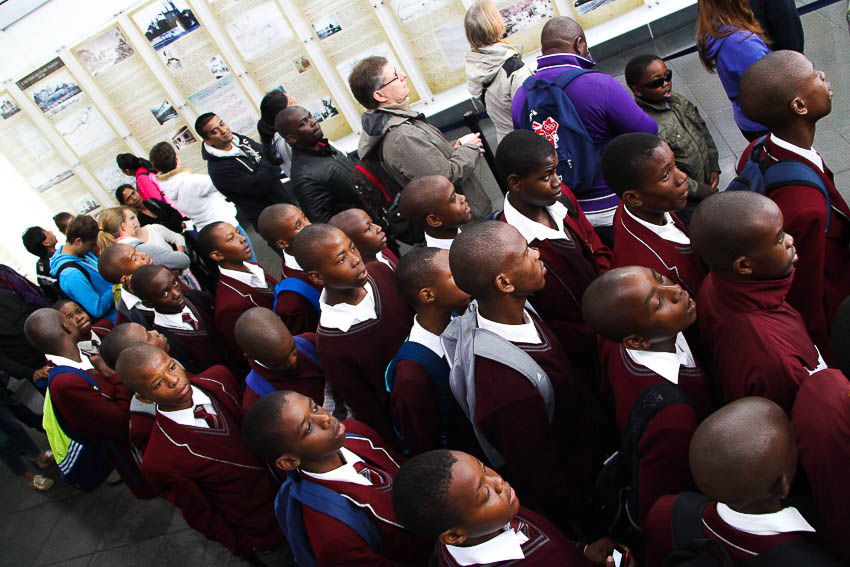
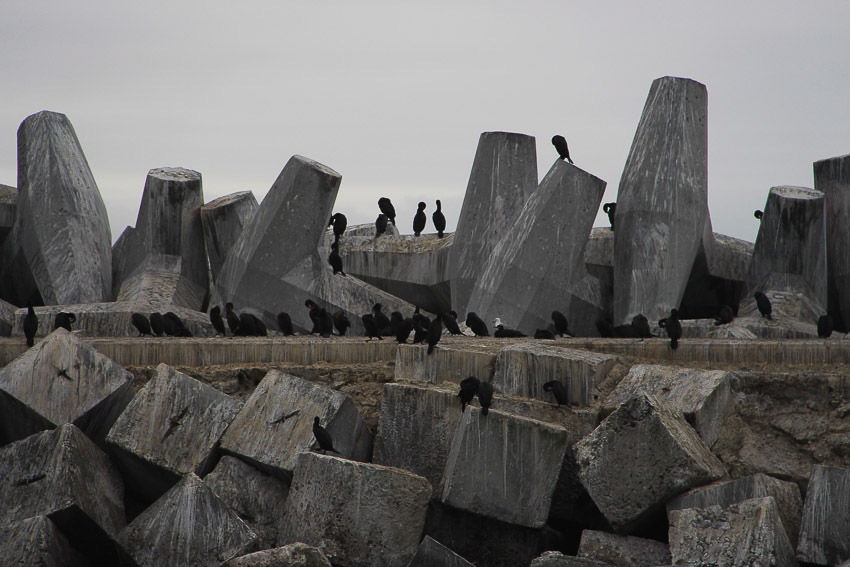

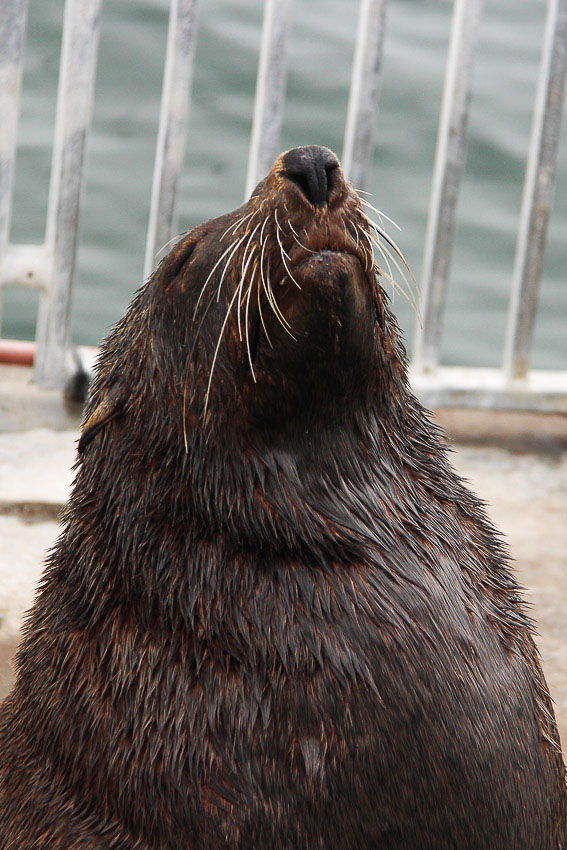
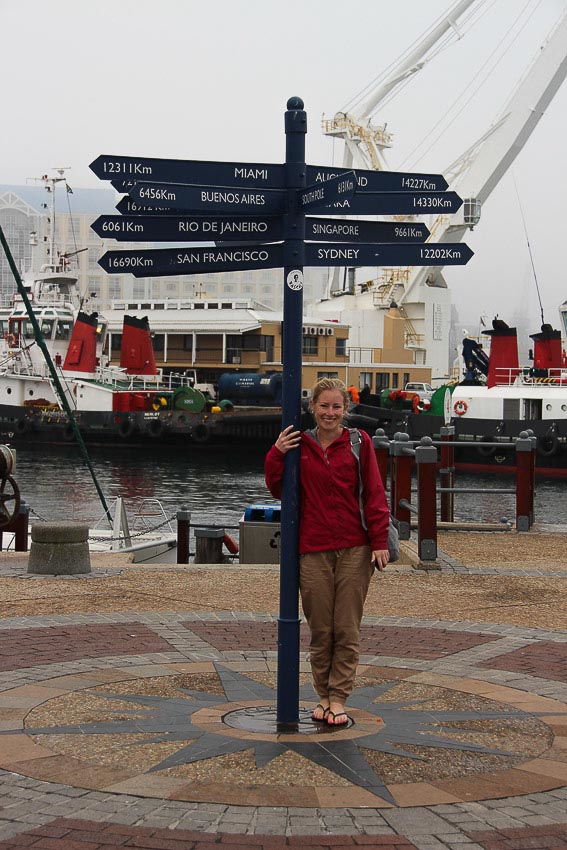
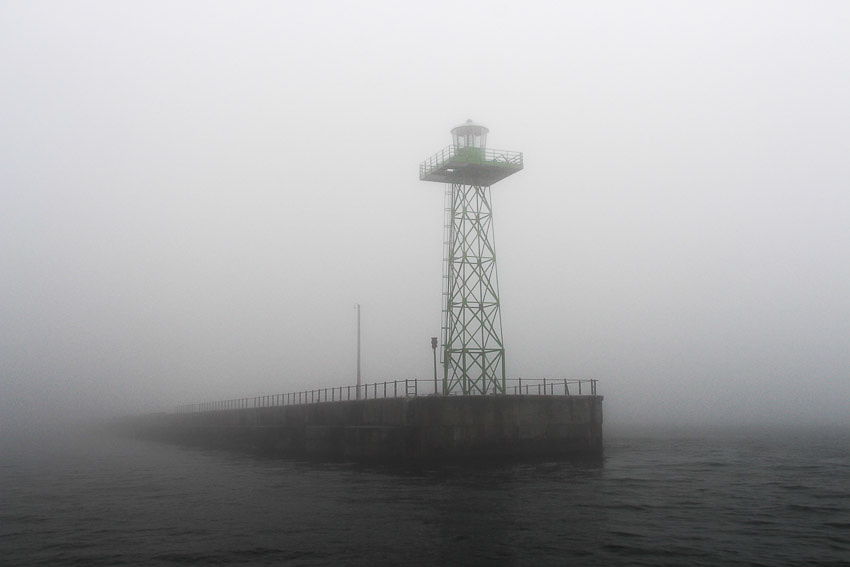
From Apartheid to modern day
It is evident that the poverty here affects mostly the black population - this is something that even the abolition of apartheid couldn't change. The majority of the black citizens in the poorer areas of Cape Town are Xhosa people and there is some historic background regarding this.
In the 1850's, Nongqawuse - the 14 year old daughter of a sangoma, a traditional healer - had a vision that soon turned into a prophecy. The Xhosa people were to be freed from their hardship - an abundance of wealth and cattle would emerge from a lake, the youth of the elderly would be restored and all Europeans would be driven into the sea. For this to happen however, the Xhosa had to destroy all their means of subsistence - they had to kill their cattle and burn their crops.
This would later be known as the Great Cattle killing and it led to the starvation of thousands. It also gave the settlers full control over the Xhosa - they effectively had to sell themselves into slavery. Some people argue that the British might not have been completely uninvolved in this.
In spite of all of this I was in love from the moment I stepped into Cape Town. Our stay here was much too short and we could have happily spent another week here. But time is short and a whole continent still lies ahead.

